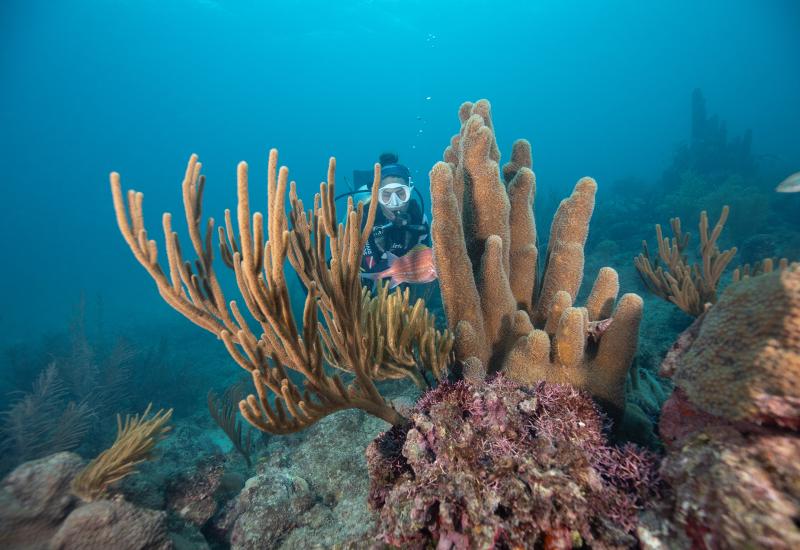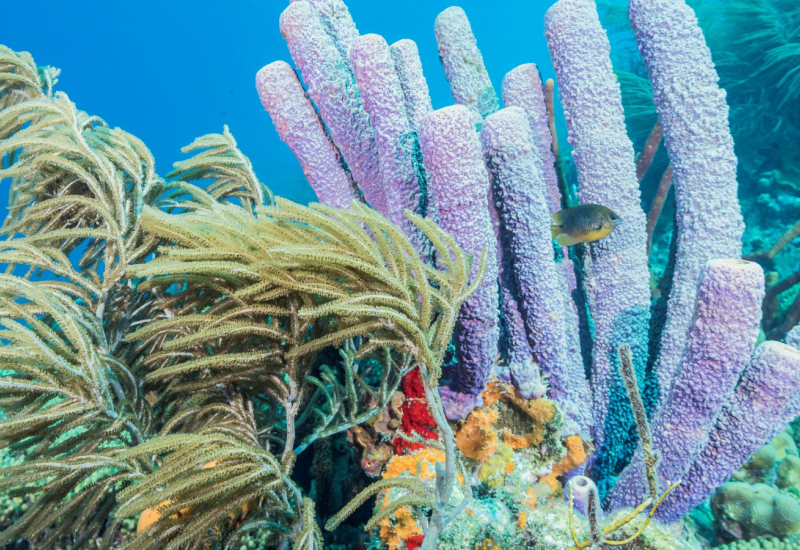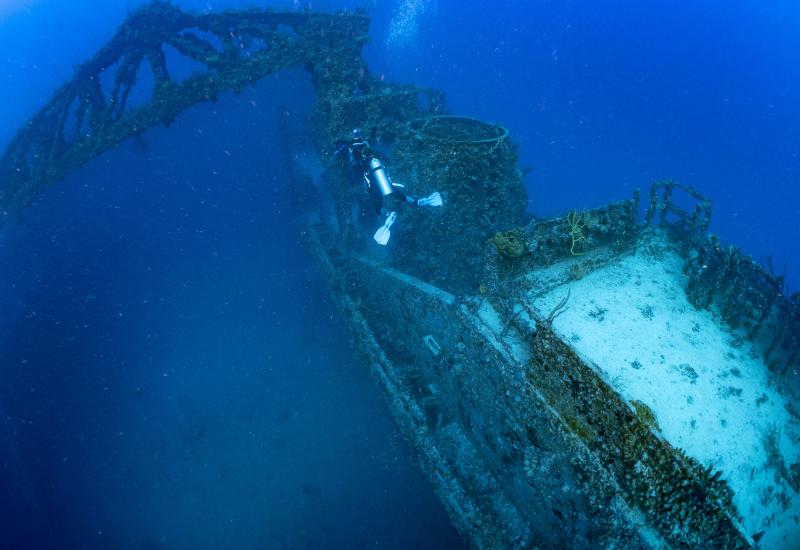Diving the Cenotes of Mexico’s Yucatan Peninsula
To the Maya, the water-filled cenotes in Mexico’s Yucatan Peninsula were portals to the underworld, Xibalba, and considered sacred wells. Today they are a magnet for cave and cavern divers who find these mystical sinkholes irresistible. The caverns and caves offer a beautiful backdrop for exploration and underwater photography.
Cenotes are the result of the collapse of limestone bedrock, characteristic of the Yucatan Peninsula, which exposes groundwater underneath. They are the lovely connection to subterranean rivers, formed by rainwater filtering slowly through the ground and into underlying cave systems. Some cenotes are part of a cave system that leads to the ocean. Here are five that have captivated recreational and cave divers alike.
Here are five of the best ones for scuba divers.
Garden of Eden
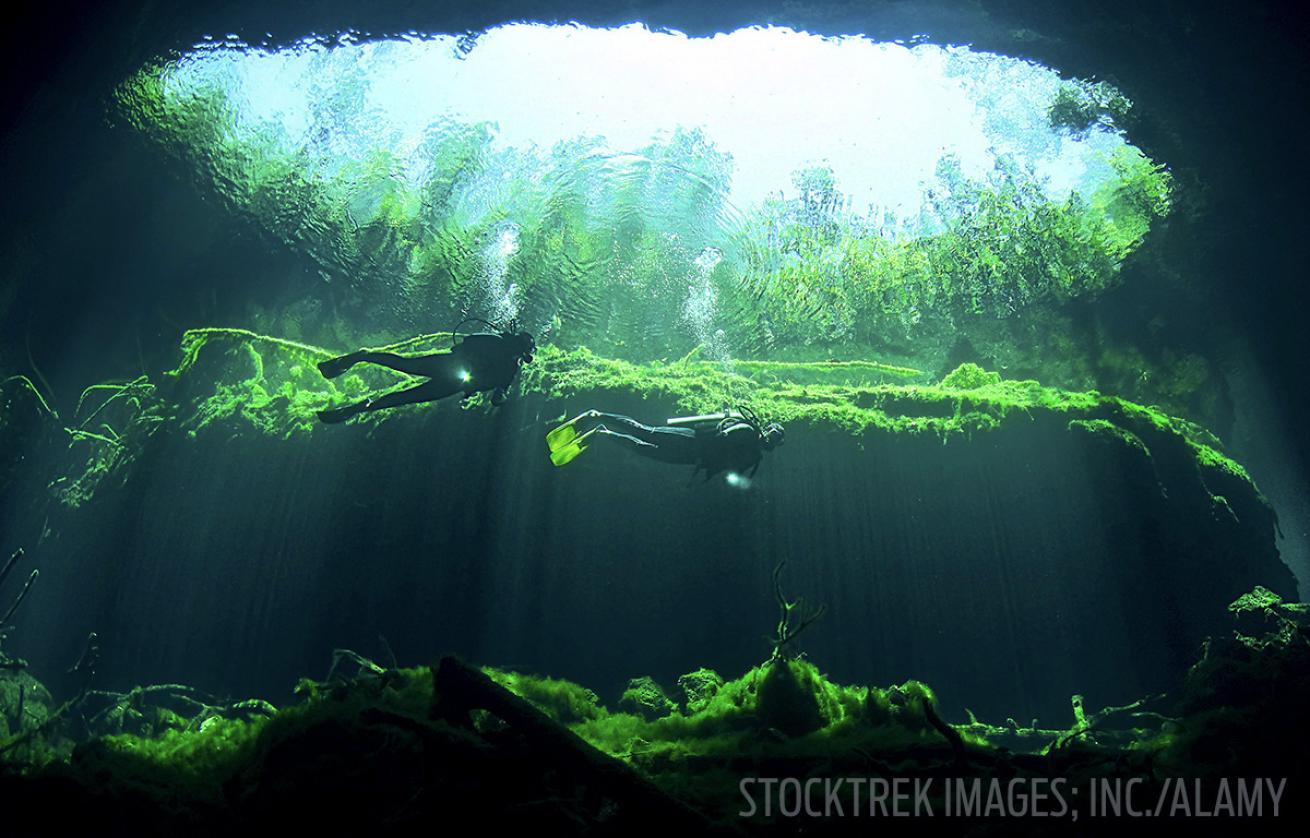
Stocktrek Images, Inc./AlamyCenote Jardín del Edén — Garden of Eden — is also known as Ponderosa.
Location: Near Puerto Aventuras
Shine your light upwards at the surface to see moss-covered rocks, fish and plant life or use it to bring out the fascinating architecture of the stalactites and stalagmites on the ceiling and floor. A halocline at 30 feet makes for interesting photographs.
Dos Ojos
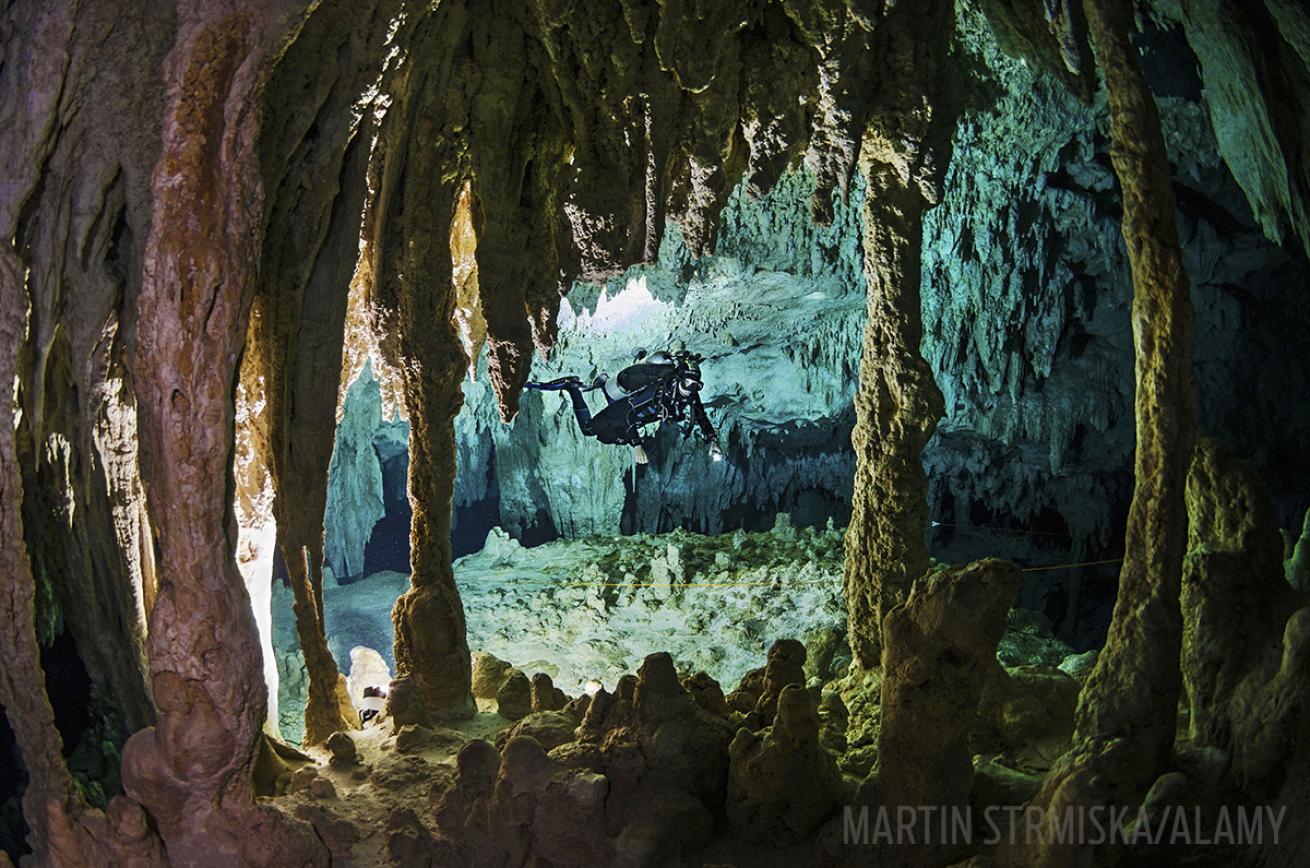
Martin Strmiska/AlamyThe exploration of Dos Ojos began in 1987; the cave system has been surveyed for 51 miles.
Location: Near Xel-ha
Dos Ojos — "two eyes" in Spanish — is one of the most popular cavern dives in the region and is actually two neighboring cenotes that share a cavern. In 2010, Carlos Coste made a record-breaking freedive — 490 feet — at Dos Ojos. You don’t have to dive that deep to see this cenote’s beauty. Use your dive light to make the stalactites and stalagmites shine like giant candles in a cathedral.
The Pit
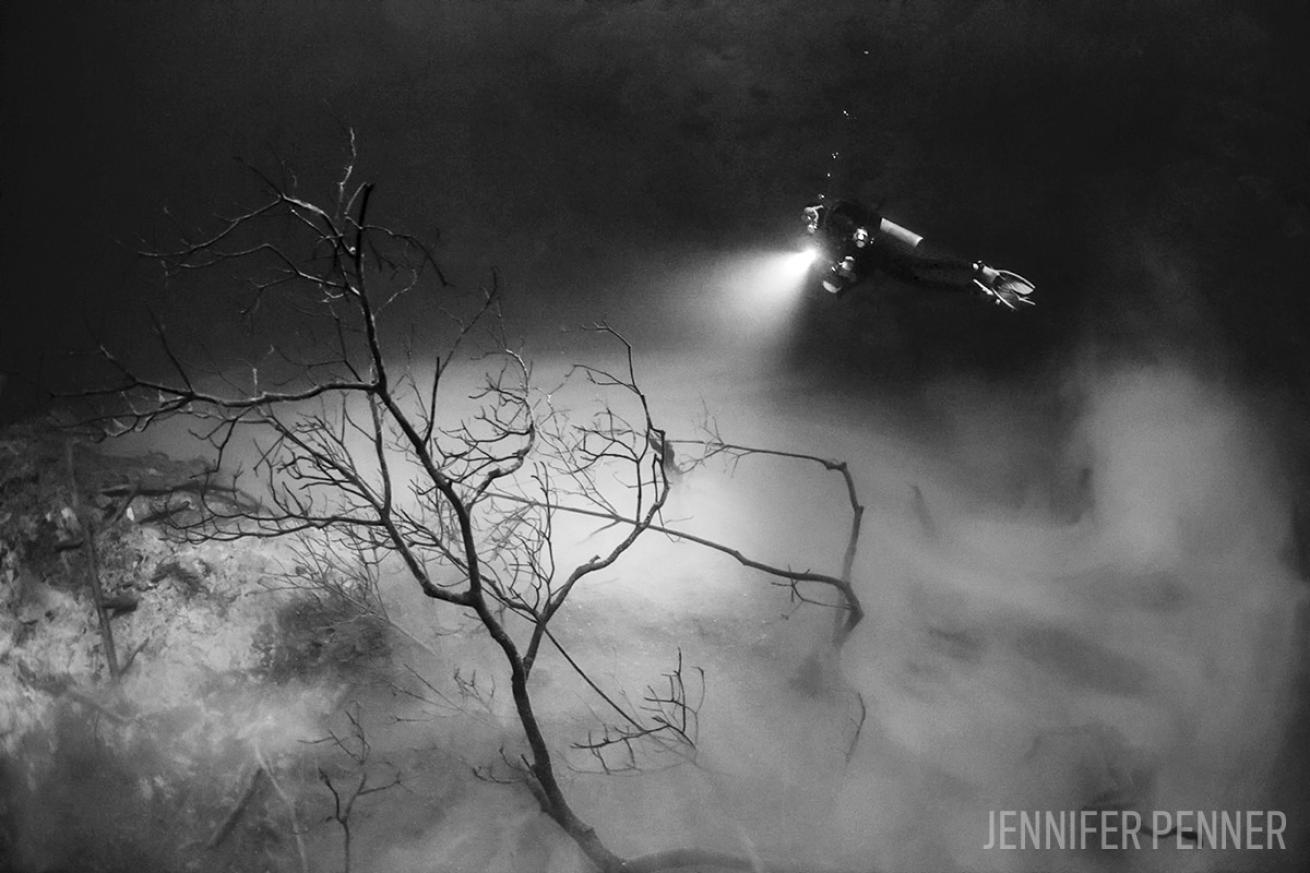
Jennifer PennerArrive early in the morning for the best light penetration at The Pit.
Location: Near Xel-ha
This deep gash in the earth is known for gorgeous sun rays at the entrance. Your dive light will illuminate eerie tree branches and spotlight a cavernous overhang and stalactites of all shapes and sizes.
Gran Cenote
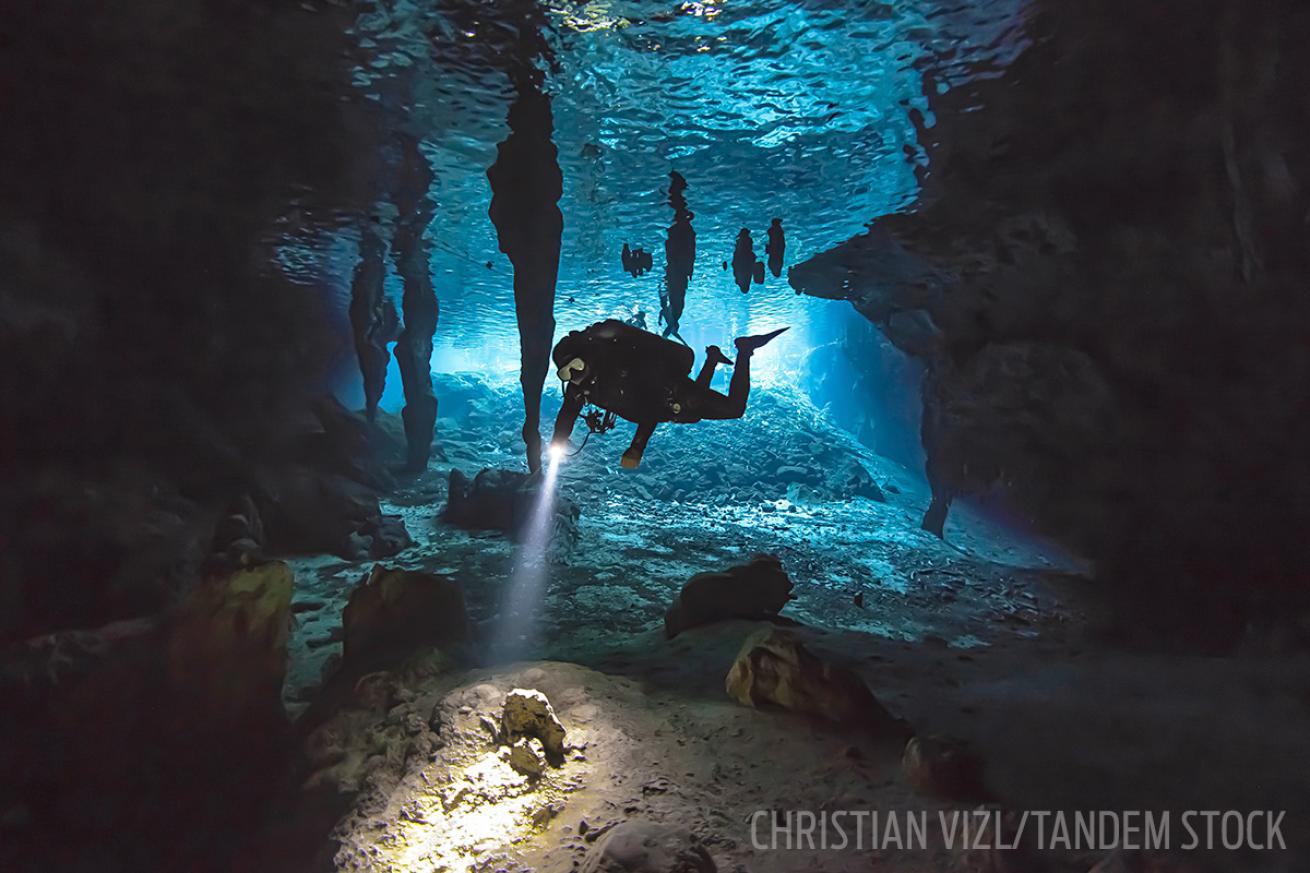
Christian Vizl/Tandem StockYou'll need to be on scuba to appreciate all of Gran Cenote's splendor, but snorkelers love this site, too.
Location: Near Tulum
Gran Cenote is like an underwater cathedral and is also known for its prolific plant life. Like most cenotes, even in daylight, Gran Cenote is dark enough to require a dive torch. Ethereal stalactites and stalagmites decorate the ceiling and floor here; use your torch to bring out their breathtaking beauty.
Tajma Ha
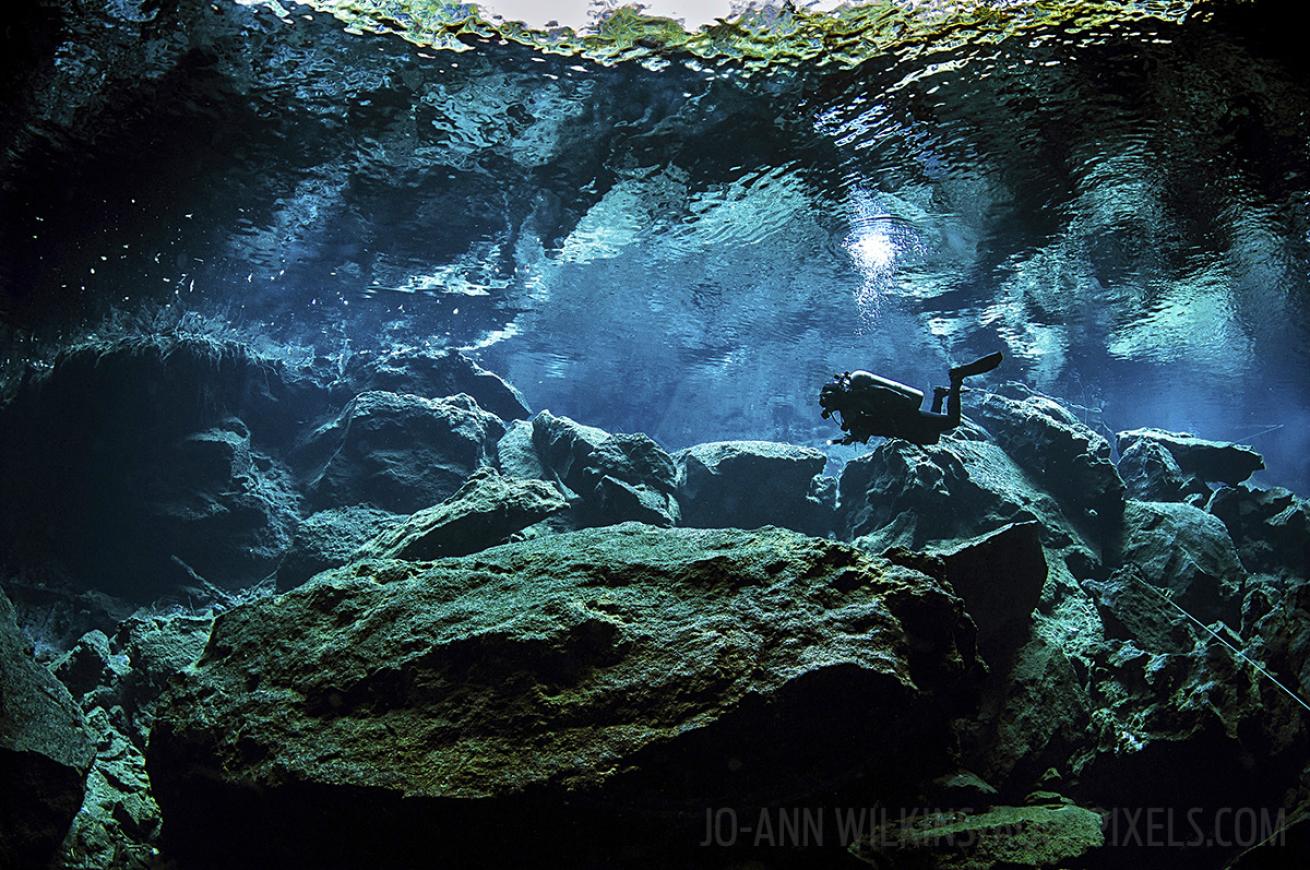
Jo-Ann WilkinsOne of the wonders in the world of cenotes, Tajma Ha used to be called Taj Mahal by explorers.
Location: Near Akumal
A cavern tour here leads into a spacious, stalactite-strewn room underneath an air-filled bat cave. Use your dive light to find hidden fossils. Haloclines formed by salt and fresh water coming together in the deeper areas create interesting mirror-like effects.
Get the Right Tools for Cenote Diving
Planning a dive trip to dive Mexico's cenotes? Water temps can be cool, so plan to wear at least a 7mm wetsuit. Make sure your dive computer has backlit illumination so you can read important dive info easily. Don't forget your camera. And maybe most important of all: Make sure you pack a powerful dive light that brings out all the splendor of the cenote — like the Orion T1000s+ by Dolphin Tech.
The Dive Light: Dolphin Tech's’ Orion T1000s+
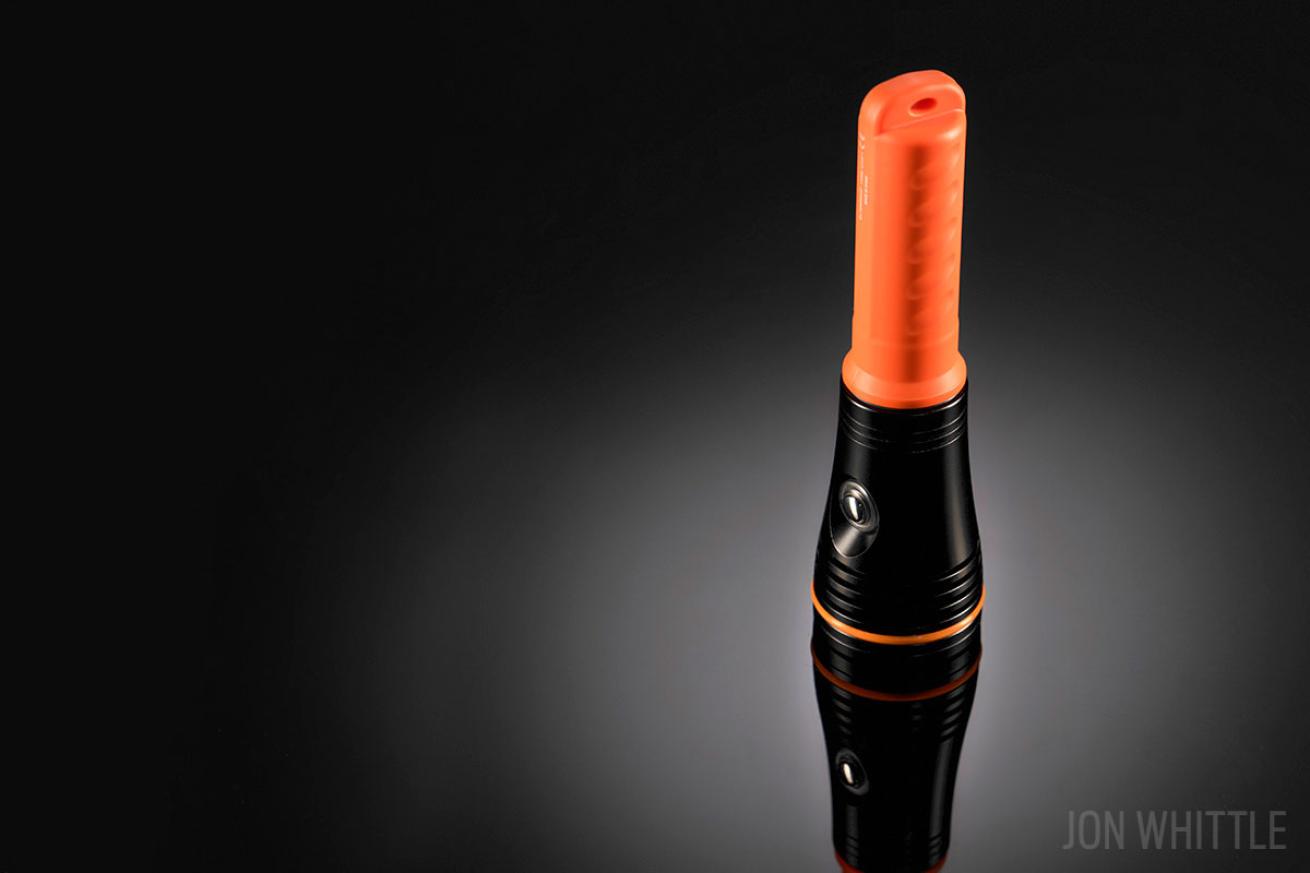
Jon WhittleThe Orion T1000s+ dive light by Dolphin Tech.
Orion is a bright constellation that’s visible throughout the world and used as a navigational aid, so it is appropriate that Dolphin Tech would name its powerful new torch after it. The Orion T1000s+ is a compact yet bright light that works extremely well for divers who are exploring cenotes. Its lower color temperature LED reflects the true color of an object underwater, and its high-quality reflector achieves an 8-degree beam with an 80-degree flood beam. It boasts an anodized aluminum alloy body and comes with a user-changeable photographic lens. A switch lock prevents accidental activation and twin O-rings create a waterproof seal. It operates on six AA batteries and is rated to 328 feet.
Contact: istsports.com | MSRP: $200

